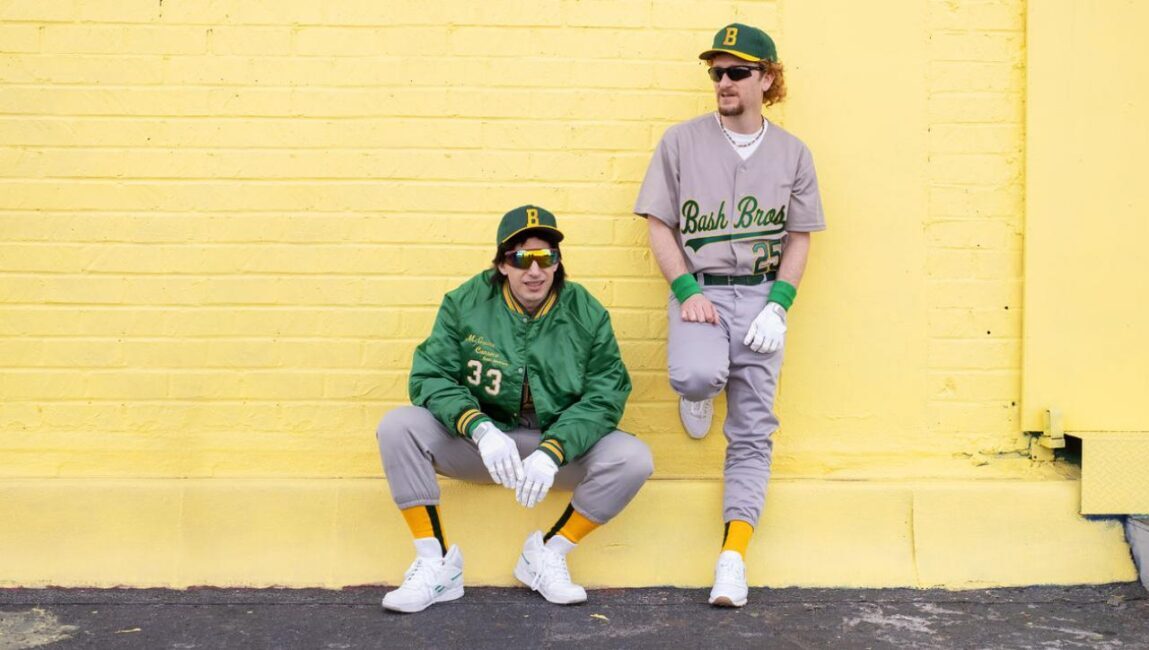Nicolas Klotz and Elizabeth Perceval’s new film, New World! (The World Anew), was shot on Ushant, an island off the coast of Brittany where Jean Epstein filmed his docu-fiction Finis Terræ nearly a hundred years ago. New World!, similarly, shares Epstein’s documentarian instincts, especially with regard to documenting the physical land. But it also has essayistic and avant-garde elements, and even occasionally takes on a narrative form. New World! certainly isn’t an easy film, but neither is it an especially arduous watch. It may come across as opaque at times, but even the surface created by this opacity is plenty appealing.
The repetition of visual motifs illuminates the faculty of Klotz and Perceval’s imagemaking. The opening of their film is abstract, featuring pulsing lines atop colorful noise. That noise is never clarified, but the pulsing lines are in fact rotations, rendered longitudinal rather than circular by placing the camera parallel to the axis of rotation, as illustrated by shots of lighthouses peppered throughout the film. Even more representative, perhaps, are the shots of animals, especially horses, which call to mind Moyra Davey’s Horse Opera (2022). In Davey’s film, horses are rendered vaguely horrifying and almost alien by a telescopic lens. Klotz and Perceval film their horses sometimes in closeup, sometimes in wider shots, but in both cases the equines are much nearer. Visually, this renders the movements of both the camera and horses more natural, but there’s also a practical effect of filming the horses from a closer distance: they become aware they are being observed. They are therefore performers, not mere objects, and the combined effect makes them, if not quite soulful, far softer than the horses in Horse Opera.
Some of New World!’s spoken parts are unsubtitled, and though initially disorienting, this comes to feel more like a feature than a bug. The lack of subtitles comes across as diegetically motivated: though most of the text is delivered as narration, late in the film an actor reads excerpts from Leonardo da Vinci’s journals, and when a farmer yells at him to cease (as he’s scaring the animals), the dialogue is turned down in the mix and the subtitles cease. Even where less clearly motivated, the effect is less a general de-emphasis on the text than a focus on its aural qualities over its communicative ones. Subtitling can’t entirely capture the effect of children delivering dense philosophical dialogue, and is entirely unnecessary in contrasting the sounds of a voice with nature. Klotz and Perceval also isolate other qualities of the text by occasionally delivering it against a black screen, either as narration or as captions.
Another bit of text that isn’t quite necessary to subtitle are the lyrics from an excerpt of Patti Smith’s. The film often feels rooted in the time of Finis Terræ, and Klotz and Perceval even propose a film prehistory rooted in the primacy of images. But alongside the Smith needledrop, the repeated motifs from Mihály Vig (composed for Béla Tarr) connects the directors’ project to other film history, and a segment in which a girl dances to a Rosalía song in a bar as an older woman films on her cellphone briefly brings the film all the way into the present. These temporally disparate reference points lend New World! an epic scope, and increase the viewer’s ease of engaging with it. In general, the diversity of Klotz and Perceval’s filmmaking approach is engrossing, despite long stretches of landscape photography sans text. And though images often take precedence, the film isn’t lacking in narrative or expository interest. Klotz and Perceval may not be prescriptive in their exploration of film as a medium, but the ideas they present are worth unpacking.
Published as part of InRO Weekly — Volume 1, Issue 28.







